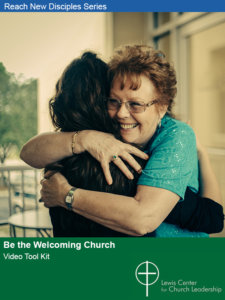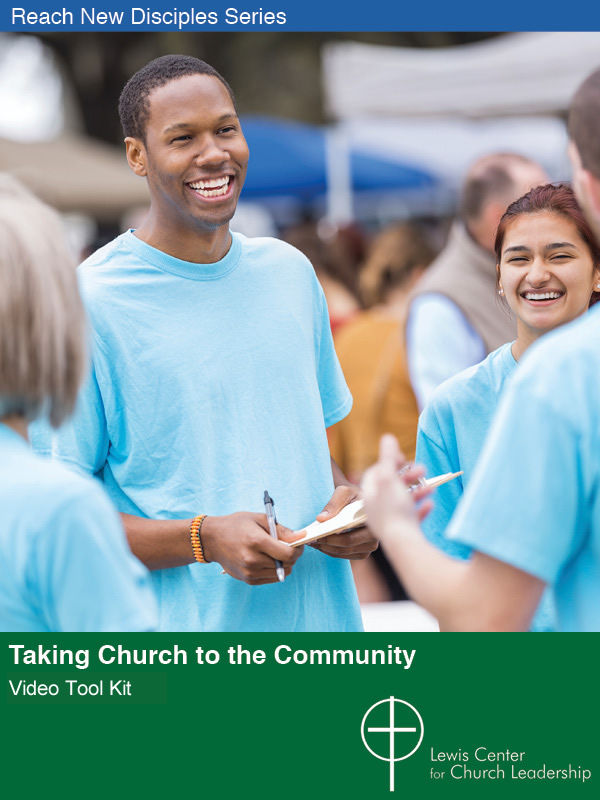How can your church be friendlier to newcomers? Karl Vaters believes churches can become friendlier by implementing the G.I.F.T. Plan: Greet, Introduce, Follow up, and Thank. By encouraging intentional, simple actions like greeting newcomers and following up, churches can build genuine relationships and make visitors feel welcome, leading to lasting connections and a more welcoming church culture.
Have you ever wanted your church to be friendlier to newcomers? In many churches, the problem isn’t that people don’t want to be friendly, they just don’t know how. What if your church had a plan that could increase the friendliness quotient of our church immediately, painlessly, and permanently?
Friendliness is intentional, not automatic.
No church is automatically friendly. Especially not to outsiders coming in. People usually visit a church because a friend invites them. And when they choose to stay it’s because they’ve made friends there. But it can be easier to find a church that preaches the Bible, has solid worship music, and offers excellent childcare than it is to find a church where we can make genuine, lasting friendships. Genuine friendships are becoming rarer—and thus, of greater perceived value—than any other aspect of modern church life, but we don’t develop relationships without being very intentional about it. If we want to bring people in and keep them coming to church, we need to turn up the friendliness quotient.
The G.I.F.T. plan for friendlier churches
One of the simple things that has helped our church become friendlier and more welcoming is something I call the G.I.F.T. Plan (as seen in my book, Small Church Essentials). G.I.F.T. stands for Greet, Introduce, Follow up, and Thank.
Every week, we encourage our church members, and especially our leaders, to do at least one of the following steps:
1. Greet someone you’ve never met before.
Get out of your comfort zone. Find someone whose name you don’t know and learn it. Welcome them if they’re new. Discover something about them. Get to know them if they’ve been around for a while, but you just haven’t met them yet. Or offer to sit with them if they come to church alone.
2. Introduce people to each other.
After meeting someone, make sure they meet others, too. Connect people who have something in common. Introduce a first-time guest to the pastor. A young person to the youth leader. Kids and their parents to the children’s ministries director. And so on.
3. Follow up on someone you met recently.
Find that person you met a week or two ago and say “hi” again. Call them by name. Engage in further conversation. Include them in your group of friends.
4. Thank someone who did something you appreciate.
Every church has people who volunteer their time and efforts with very little, if any appreciation shown to them. Sometimes it’s a simple “way to go!” to the worship leader. Or an appreciation to a Sunday School teacher for encouraging your child to read their Bible. Encouragement costs nothing, but it’s worth a great deal.
5. Hold people accountable.
When we first implemented this, every week, one of the first items on our weekly staff agenda was always “Who did you G.I.F.T. this week?” We’d go around the room and share stories about who we met, introduced and so on. By doing this, we held ourselves accountable and we often learned more about church members and guests as we did so. (“Oh yeah, I met her too. She told me she wants to help in the nursery. Here’s her email.”) We also taught the G.I.F.T. Plan in our discipleship class, including requiring the students to apply it on Sundays and report back to the group. Since starting the G.I.F.T. Plan, our church members have come more out of their shell, opened their hearts a little wider, and met some great new friends along the way.
No one is expected to do all four steps each week. Most find that they do one or two well, but not the others. And if someone gets busy on a Sunday and misses doing it, there’s no guilt attached. But when we asked them to do one a week and report the results, this simple plan with accountability attached to it made a big difference.
It really works!
I’m under no delusions that this simple little plan will automatically lead to long and lasting friendships but imagine a church in which everyone (or every leader and most of the regulars) Greeted, Introduced, Followed Up, or Thanked someone every week. It would truly be a GIFT to their guests and to the entire church.
Our church still has a lot to learn about being friendlier. But these steps have been a great starting point. One Sunday after implementing this plan, a couple in our church introduced me to someone who had sat near them during the service. We chatted and got to know each other. After the guest left with a wave and a heartfelt “thanks, I’ll see you next Sunday!” the couple turned to me and said, “we got our ‘G’ this week!” To which I responded, “and your ‘l’ for introducing him to me!” They smiled. And I believe Jesus did, too.
 This article was originally shared on February 11, 2025, at KarlVaters.com and is shared with permission.
This article was originally shared on February 11, 2025, at KarlVaters.com and is shared with permission.
Related Resources
- 50 Ways to Welcome New People, a free Lewis Center resource
- Be the Welcoming Church, a Lewis Center video tool kit resource
- Top 10 Reasons Visitors Don’t Come Back by Thom Rainer
- Welcoming Change Begins with You by Doug Powe
If you would like to share this article in your newsletter or other publication, please review our reprint guidelines.







